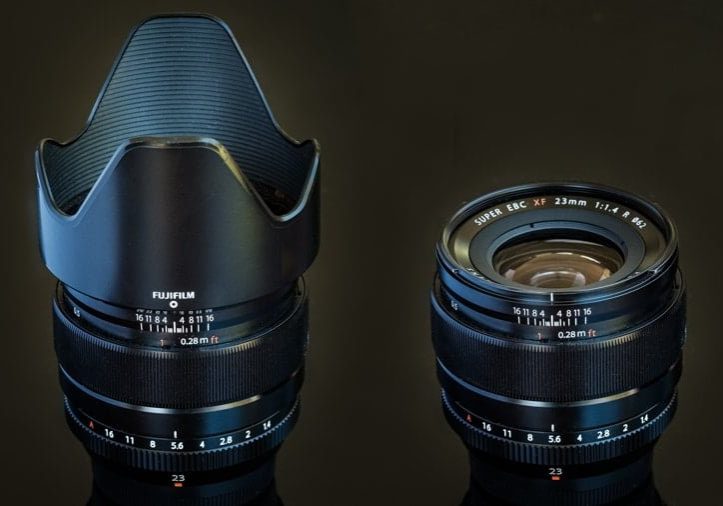
Fujifilm 23mm f/1.4 Lens Review
Check out this Fujinon 23mm f/1.4 review to see why it's such a popular Fujifilm lens for portrait, landscape, wedding, street and other photographers.
Shotkit may earn a commission on affiliate links. Learn more.
If anyone asks me what my favorite focal length is, without hesitation I would say the 35mm in full-frame terms, or in this case the Fujifilm XF 23mm f/1.4 R.
I have been using this lens both professionally and personally since 2015 and am convinced it is the most versatile focal length available to photographers today.
With its 63.4 deg angle of view, the Fujiflm 23mm f/1.4 is wide enough to shoot landscapes, is a beautiful portrait lens, and for all you street photographers who pound the footpath all day looking for opportunities, at 300g you won’t be weighed down by this compact and unobtrusive gem.
It’s from the portrait perspective though that makes the 23mm so appealing to me.

Excellent image quality from a compact, lightweight and robust prime lens that's an essential for any Fujifilm camera owner.
My favorite style of portraiture is the combination of two elements – the person before the lens and their environment beyond. It’s this combination that allows me as a photographer to more clearly reveal my subject’s story.
My aim is to reveal who the subjects are, where they come from, their current circumstances or simply where they live or work. This applies equally throughout my work whether it’s as a Unit Still Photographer where my subjects are actors playing a role to the more observational world of the Documentary where I work with everyday people, and through to my personal work.
Fujifilm gives us photographers two choices in this focal length: the Fujinon 23mm f/1.4 and the 23mm f/2 WR. For this review, I will be concentrating on the f/1.4 and will discuss the f/2 in a follow-up review in the coming months here on Shotkit.
This review of the Fujinon 23mm f/1.4 will be from a hands-on point of view, weighted towards the shooting experience and less about the technicalities.
Fujinon 23mm f/1.4 Review | Specifications
The Fujinon 23mm f/1.4 has a full metal construction and is comprised of eleven elements in eight groups with one aspherical element. An external aperture ring controls the seven-bladed iris in one-third click stops in a range from f/1.4 to f/16.
Weighing in at approx 300g the lens measures 60mm long (113mm with lens hood attached) and has a diameter of 63mm and accepts 62mm filters. It has a minimum focus of 28cms.
The generous 18mm wide focusing ring has a front and rear position. The forward position engages autofocus while sliding it back facilitates manual focus and reveals a focus scale in metres. This lens is not weather-sealed like the Fujifnon 23mm f/2 WR.
Ergonomics

Alex Dimitriades plays Doc Tydon ‘Wake in Fright’, Broken Hill NSW 2017 | Fujinon 23mm f/1.4 at 1/800 f/7.1 ISO 1000
First up the Fujinon 23mm f/1.4 feels solid – I like that. I want my gear to feel like it can take a bump or two and hold its own on a busy film set. I’m respectful of my equipment but not over protective, after all it is a tool.
The size of the XF 23mm f/1.4 suits my way of working and it was this lens that drew me deeper into the Fuji world. It immediately reminded me of my lenses from my analog days – an external Iris ring coupled with a ‘feel’ to the manual focus ring that incorporates a hard stop at both minimum and infinity focus.
What also appeals is the ease with which you can quickly find both Iris and focus rings. If you are a manual shooter similar to me, this is essential.
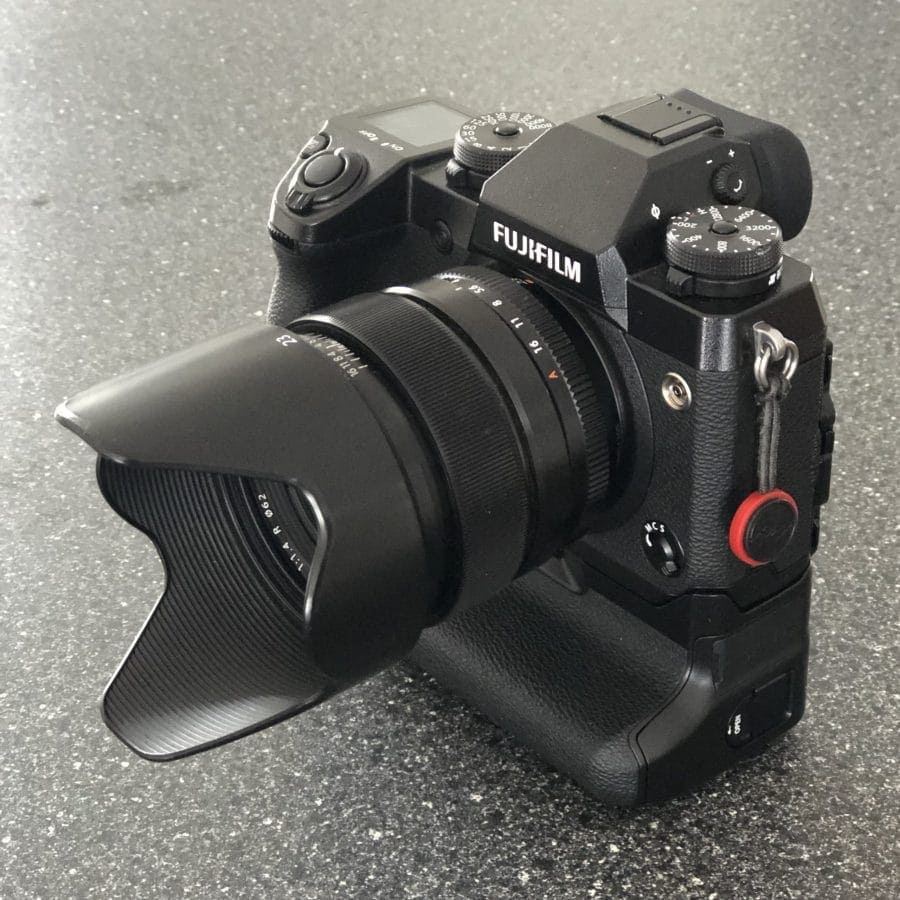
Fujinon XF 23mm /1.4 R attached to Fujifilm X-H1 with VPB-XH1 Power Booster Grip.
The lens balances my Fujifilm X-H1, and looks good doing so.
As a professional I never underestimate the aesthetics of a piece of equipment, whether positive or negative, and the subtle effect that can have on a client or subject.
Performance
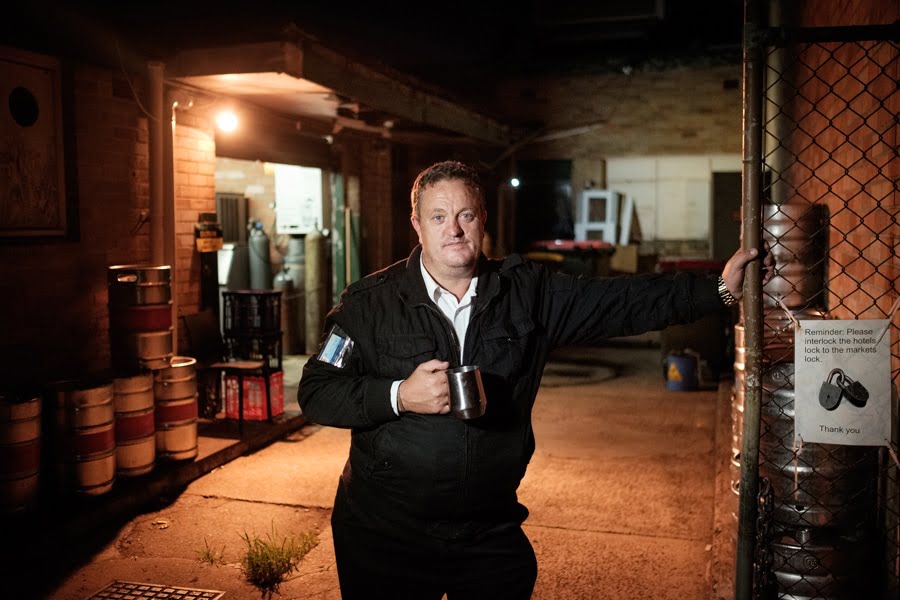
Jason King is the subject of the feature Documentary ‘Ghosthunter’ | Fujinon 23mm f/1.4 at 1/100 f/1.4 ISO 2000
The selling point of this lens is its f/1.4 speed so it needed to be sharp at that aperture… and it is.
As with all ultra fast lenses though there is always a trade off between speed and resolving power at the lens edges and the Fuji 23mm f/1.4 is no exception. Having said that you need to go all the way to the frames extremities to see this.
In my tests I see a fall off of resolution in the areas approximately 0-10% in from the frames edges. Meaning a 20 cm wide print would see that fall off from the prints boundary to about 2 cm in from boundary.
It’s a gradual fall off and from that point in, it’s beautifully sharp.
So unless you photograph flat surfaces for a living or are obsessed with photographing brick walls you have nothing to worry about.
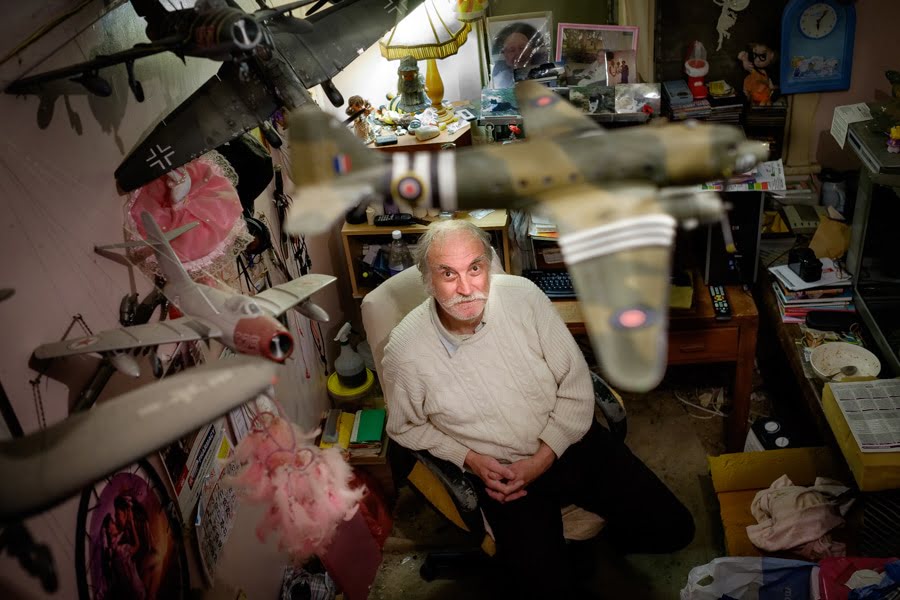
Peter, ‘Ghosthunter’ Documentary Sydney Australia 2016 |Fujinon 23mm f/1.4 at 1/40 f/2.5 ISO 2000
The aesthetics of the out of focus areas within the frame (Bokeh) are smooth and silky, especially when compared to the Fuji 23mm f/2. I confidently shoot at f/1.4 knowing I will get tack sharp images with minimal depth of field creating a lovely fall of in focus that draws the viewer’s eye to my subject. Isn’t that what it’s all about? Directing your viewer’s gaze to what you want them to look at.
I’m being picky here but there is the slightest amount of vignetting at the frames corners wide open, although you have to search for it, and again, in real world shooting you would rarely see it.
With a large 63mm diameter front element any flare is kept to a minimum by the 23mm’s petal shaped lens hood which extends 55mm from the front element top and bottom and 33mm at the sides.
Fujinon 23mm f/1.4 Sample Images
Check out these sample images taken with the Fujinon 23mm f/1.4.
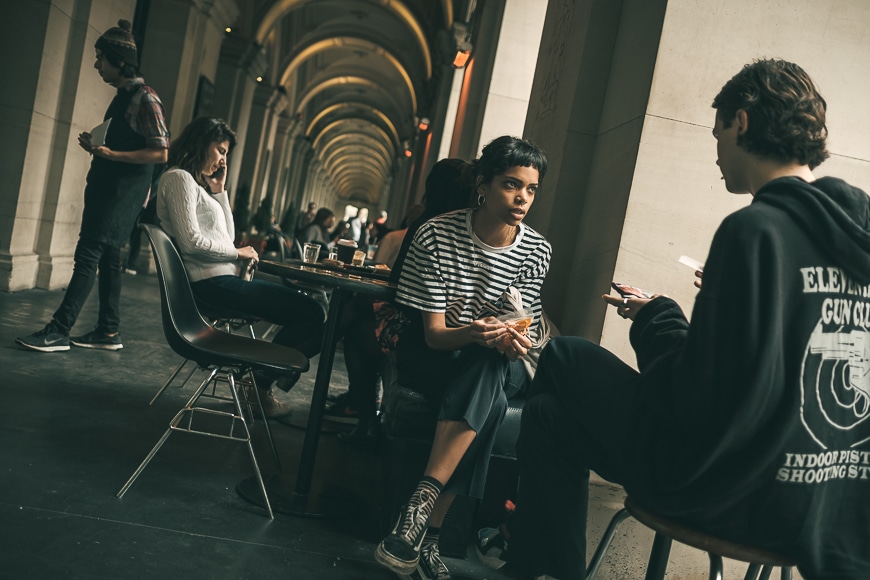
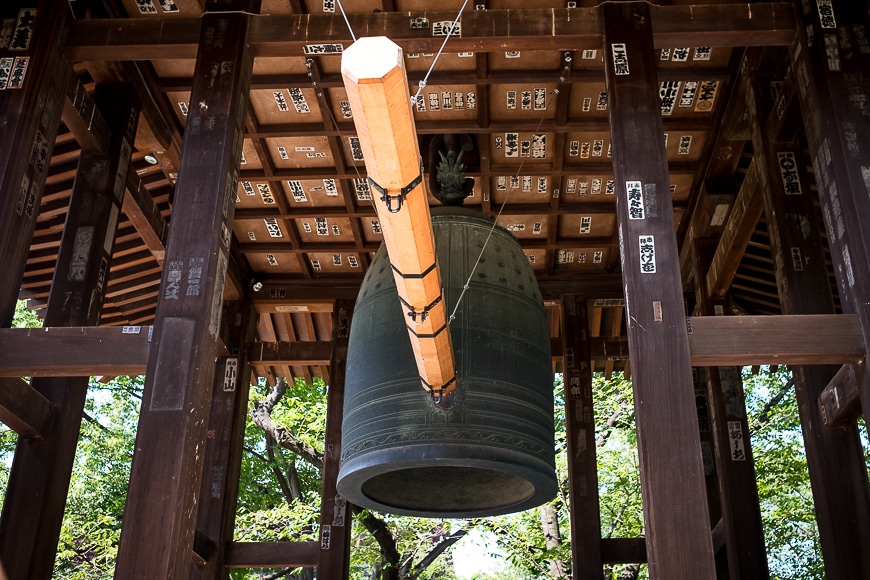

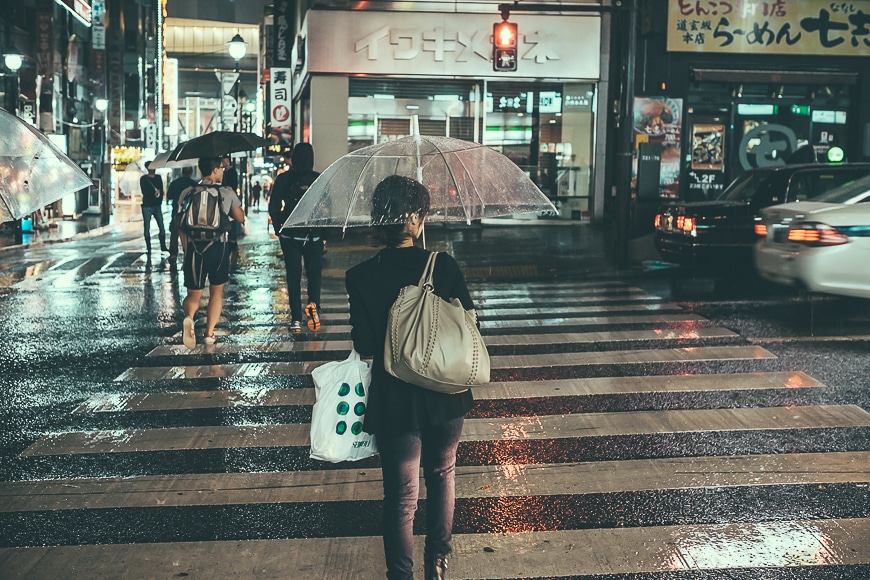
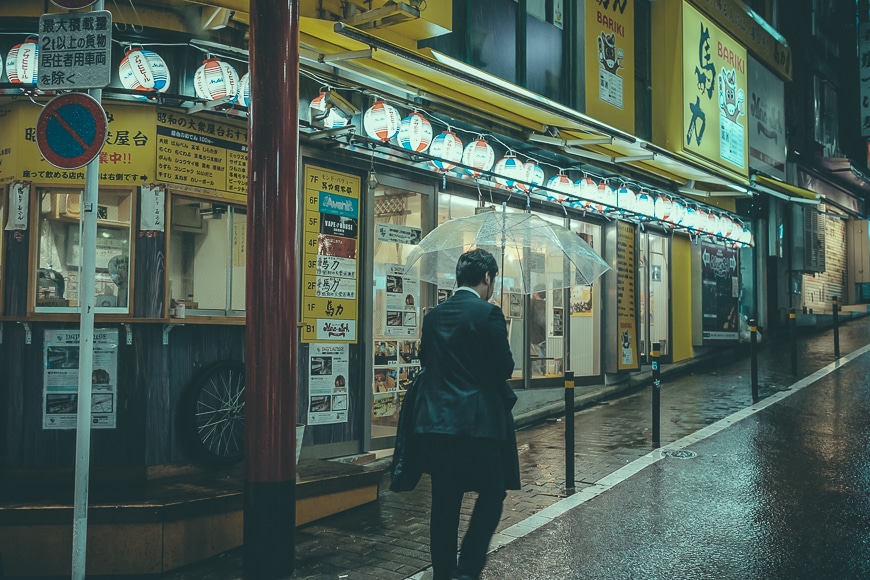
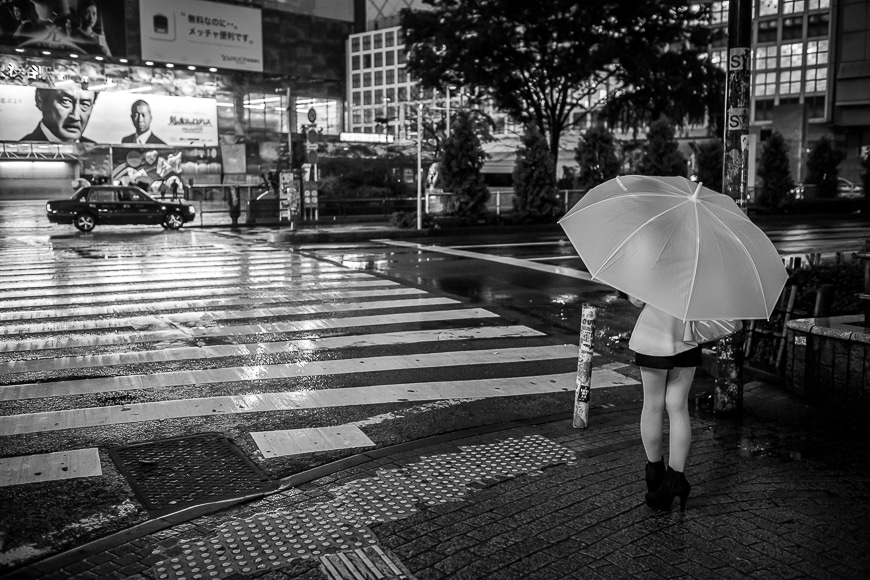
Conclusion

David Wenham and Sean Keenan ‘Wake in Fright’ Broken Hill 2017 | Fujinon 23mm f/1.4 at 1/800 f/9 ISO 1000
As photographers we all have varying requirements of our gear which is why Fujifilm gives us two options for the 23mm. This f/1.4 version as well as the f/2.
The Fujinon 23mm f/1.4 is not for everybody as the price is almost double that of the Fujifnon 23mm f/2 WR, yet the additional stop in speed is a huge draw-card to anybody who shoots regularly in low light conditions and wants to keep their ISO to a minimum.
[Related: Recommended Fujinon lenses]
I also like its size, particularly the extra space on the lens barrel which when working in manual mode is a time-saver and essential if your subjects are on the move and you have to work quickly.
As I said in my introduction this focal length is my favorite having used it on Nikons, Canons and Leicas prior to coming to Fuji’s version,which I’m happy to say based on my tests and use of it over the last three years, is a cracker.
You won’t be disappointed in the results this lens delivers, particularly at the iris settings you’re paying the extra for.

Excellent image quality from a compact, lightweight and robust prime lens that's an essential for any Fujifilm camera owner.





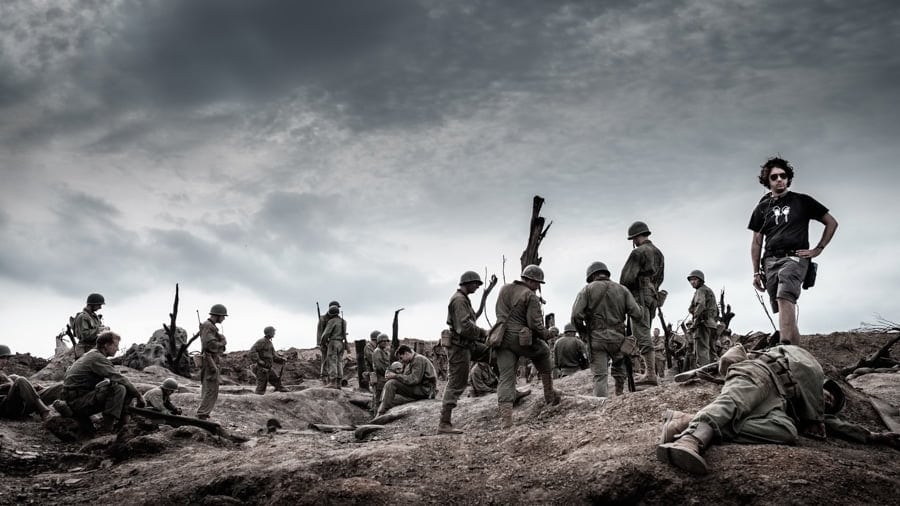


Good review but there are far too many links to Amazon in this review. Quite spammy if you ask me!
Yeah, we need to start removing these across the site – it’s on our todo! Thanks for the feedback, David.
Most overpriced lens I have used, it’s not sharp at f/1.4 just passable, needs f/2 to become “sharp” and even then it is a far cry from the cheaper Sigma 35 f/1.4 ART which is much sharper wide open too. Don’t know why Fuji are charging full frame prices for crop lenses that perform worse.
Hi John,
nice review and awesome photos! Would you still recommend this lens? I’m planning on buying either a Fuji X-T3 with this lens or a Sony A7 III with a 35mm lens. I just love the look of 35mm (portraits).
My concern with the Fuji / Crop-System is, that there is not enough depth-of-field compared to the fullframe.
What do you think? Thanks in advance!
Hey Ben,
I have never found the increase in depth of field with the smaller sensor to be an issue with the 23mm f1.4.
A quick online calculation reveals that at f1.4 and a distance of 2 metres the Sony with a 35mm lens has 28cm DOF and the Fuji with a 23mm has 43cm a difference of 16cm or approx 6 inches.
If you shot at f2.8 with the Sony and 35mm at that same distance you would have to shoot at f1.8 with the Fuji and 23mm to achieve the same DOF, 3/4 of a stop difference.
I would suggest that the larger consideration is the overall comparison with the two systems, Sony v Fuji.
I use Fuji due to the quality of the lenses, they are smaller, more compact and lighter than the Sonys and price wise much more affordable and in my line of work as a Film Production Still Photographer the crop sensor is not an issue.
Personally I would still recommend the 23mm lens and honestly I have never looked at the DOF and thought it would be nice to have a little less from the point of view of 23mm v 35mm. If I want less DOF, I just open up the aperture to the stop that gives me the look I want.
Hope this is of some help.
Cheers
John
‘It’s’ is a contraction of ‘it is’. You use this twice, where it should be ‘its’, which is the possessive use of the word.
If you correct these errors your piece will look better.
Kind regards,
James Bartholomew
I’m annoyed these slipped past the editor! Thanks for pointing that out, James.
While we’re at it – ‘your’ should be ‘you’re’ in the last line! Nice write up otherwise and interesting to hear the perspective of a set stills photographer.
Nice spot – corrected! Thanks Benj.
Hey Matt, It’s a while back now that image was taken but looking at it again I see your point and understand why you would question the exposure info. From memory I was photographing Alex inside the caravan prior to this setup so the reason for the higher iso. Then coming outside Alex sat down in the lounge chair and this opportunity presented. Again from memory, the way I had the camera setup was to have shutter and aperture adjustments via the front and rear command dials with the iso adjusted by the iso dial on top of the camera. The fastest way to get correct exposure was with the command dials which left the iso at 1000. I had about fifteen minutes with Alex to get as many shots as possible so speed was of the essence. His pose in the chair was not set up so seconds lost in giving more consideration to the perfect combination of shutter speed, aperture and iso would have probably meant loosing the shot. In retrospect and if I had had more time I would have lowered the iso and shutter speed but kept the aperture to maintain a large depth of field. All the best, John
Why 1/800s ISO 1000 in the Alex image?